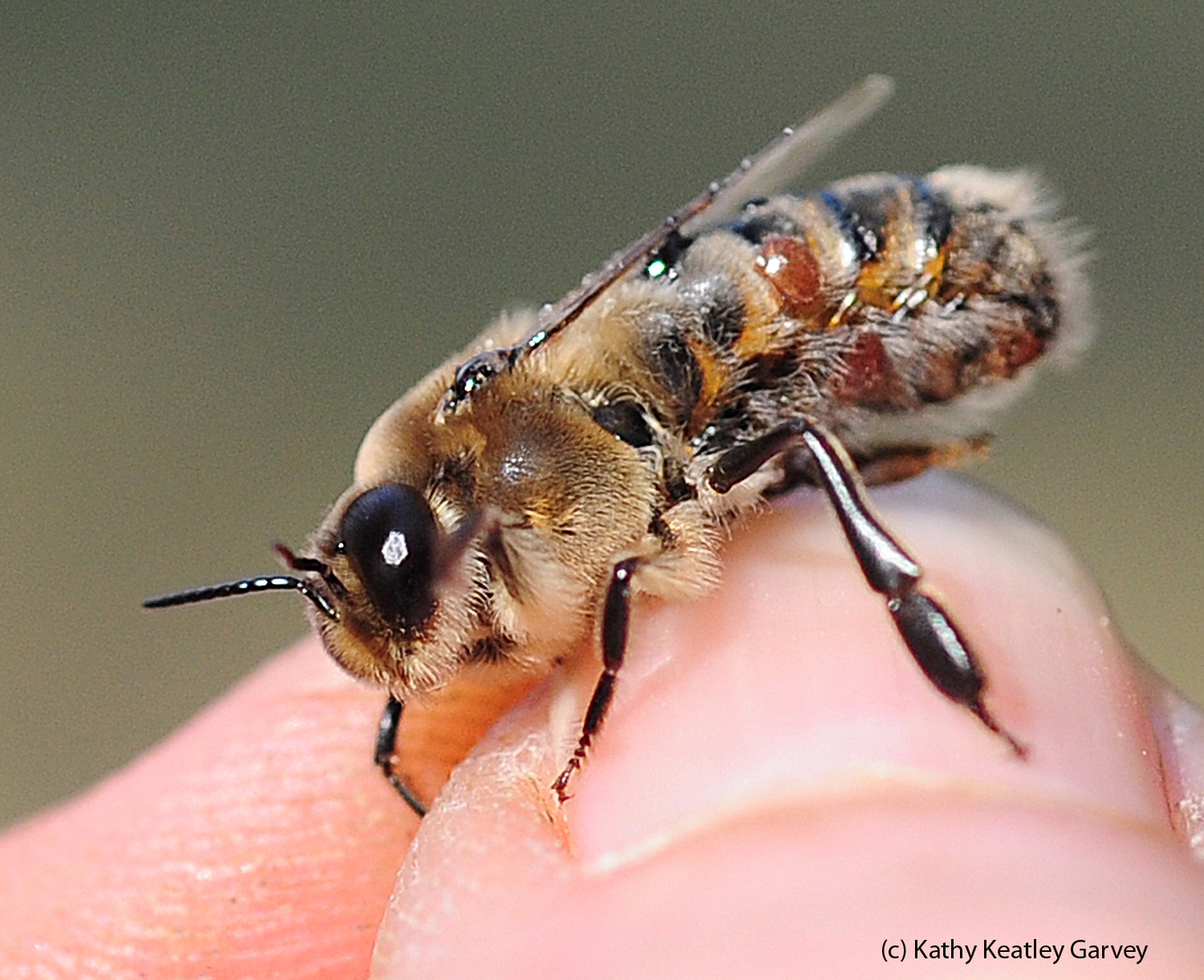Mientras esperamos algun resultado del Consorcio Apicola, sigamos aprendiendo de nuestro principal enemigo. Les dejo un buen recurso (en ingles)
http://www.ask-force.org/web/Bees/Rosenkranz-Biology-Control-Varroa-2010.pdf
Abstract
 |
| Foto Robada de aquí: http://ucanr.edu/blogs/bugsquad//blogfiles/11511_original.jpg |
The ectoparasitic honey bee mite Varroa destructor was originally confined to the Eastern honey bee Apis cerana. After a shift to the new host Apis mellifera during the first half of the last century, the parasite dispersed world wide and is currently considered the major threat for apiculture. The damage caused by Varroosis is thought to be a crucial driver for the periodical colony losses in Europe and the USA and regular Varroa treatments are essential in these countries. Therefore, Varroa research not only deals with a fascinating host–parasite relationship but also has a responsibility to find sustainable solutions for the beekeeping. This review provides a survey of the current knowledge in the main fields of Varroa research including the biology of the mite, damage to the host, host tolerance, tolerance breeding and Varroa treatment. We first present a general view on the functional morphology and on the biology of the Varroa mite with special emphasis on host–parasite interactions during reproduction of the female mite. The pathology section describes host damage at the individual and colony level including the problem of transmission of secondary infections by the mite. Knowledge of both the biology and the pathology of Varroa mites is essential for understanding possible tolerance mechanisms in the honey bee host. We comment on the few examples of natural tolerance in A. mellifera and evaluate recent approaches to the selection of Varroa tolerant honey bees. Finally, an extensive listing and critical evaluation of chemical and biological methods of Varroa treatments is given. This compilation of present-day knowledge on Varroa honey bee interactions emphasizes that we are still far from a solution for Varroa infestation and that, therefore, further research on mite biology, tolerance breeding, and Varroa treatment is urgently needed.
No hay comentarios.:
Publicar un comentario